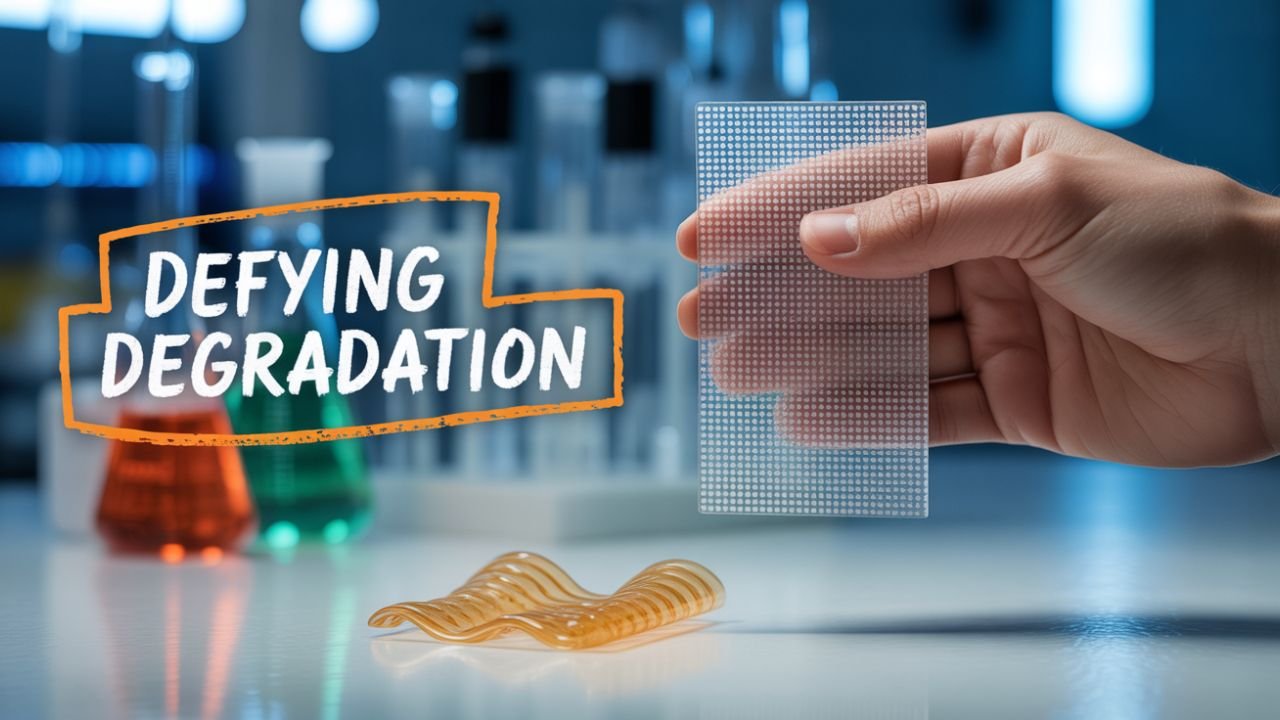The modern world is faced with numerous causes of pollution through industries, depletion of resources and difficulty to balance the environment in terms of the need of complex separation technologies. One of these technologies is Polymer Inclusion Membranes (PIMs). The first IMs appeared in the 1990s, today they famous in many areas: purification of water, metals, separation of gases and analytical chemistry.
Polymer Inclusion Membranes: An Introduction
PIMs are simply a more refined version of liquid membrane systems where an important whatever is impregnated in a particle polymer system. This morphology distinguishes the idea of PIMs relative to the traditional reverse osmosis (RO) and nanofiltration (NF) technologies where high selectivity is not offered at low pressures and low energy input.
The matrices of choice are polymers including cellulose triacetate (CTA), polyvinyl chloride (PVC) and polyvinylidene fluoride (PVDF). The carriers (e.g. Aliquot 336, D2EHPA) attach themselves to the specific metals or ions, and release them on the other side of the membrane.
Advantages over conventional membrane technologies
The greatest strength of PIMs is their selectivity. While membranes such as RO and NF remove all solutes equally, PIMs can be designed to remove only the targeted metal ions or contaminants.
- Low energy requirement – Operates at normal temperature and pressure.
- Low biofouling tendency – Dense and hydrophobic structure leads to low microbial deposition.
- Simple regeneration – Easily reusable by pH change.
For example, PIMs containing Aliquat 336 have shown excellent results in removing chromium(VI), whereas conventional membranes do not have such a specific capability.
Structural strength and technological advancements
In recent years, the use of high-performance polymers such as PVDF and PEEK has greatly enhanced the chemical and thermal stability of PIMs. Techniques such as cross-linking and nanofiller incorporation have made them more durable and have long-term functionality.
- The use of organophosphorus extractants (such as D2EHPA) has been highly successful in the selective extraction of metal ions.
- Ionic liquids (ILs) have taken the stability, selectivity and efficiency of PIMs to a new height.
Environmental applications and sustainable manufacturing
PIMs are now being used extensively in environmental protection as well.
- Their efficiency in removing heavy metals (Cd²⁺, Cu²⁺, Zn²⁺, Ni²⁺) from industrial wastewater has been observed to be more than 95%.
- They have also proven successful in challenging scenarios such as e-waste recycling and acid mine drainage.
In addition, the use of biodegradable polymers (e.g. PLA, chitosan) and green solvents (e.g. ethanol, ethyl acetate) is encouraging sustainable manufacturing, thereby reducing environmental impact.
New Directions: Expanding Sensors and Gas Separation
Integrating PIMs into optical and electrochemical sensors has enabled fast and accurate identification of pollutants. Ionic liquid-modified PIMs developed for CO₂ capture show the potential for effective gas separation at low pressures, opening up new opportunities in carbon capture technologies.
Challenges and future prospects
Although PIMs have great potential, some challenges still remain:
- Long-term fouling – organic and inorganic deposits can affect functionality.
- Carrier leaching – Leakage of carrier affects both selectivity and environmental safety.
- Cost – High purity ionic liquids and nanofillers are expensive.
In the future, it will be necessary to develop cost-effective, environmentally friendly and industrially practical PIMs. Scalable fabrication techniques (e.g. phase inversion, electrospinning) can make significant contributions in this direction.
Conclusion
Polymer inclusion membrane technology is revolutionizing separation science. Their high selectivity, stability, low energy consumption, reusability and possibility of sustainable manufacturing make them an ideal solution for environmental and industrial needs of the 21st century. In the coming years, if their design is developed by combining sustainable chemistry, advanced materials science and industrial engineering, this technology can play a decisive role in the field of resource recovery, pollution control and green technologies.
